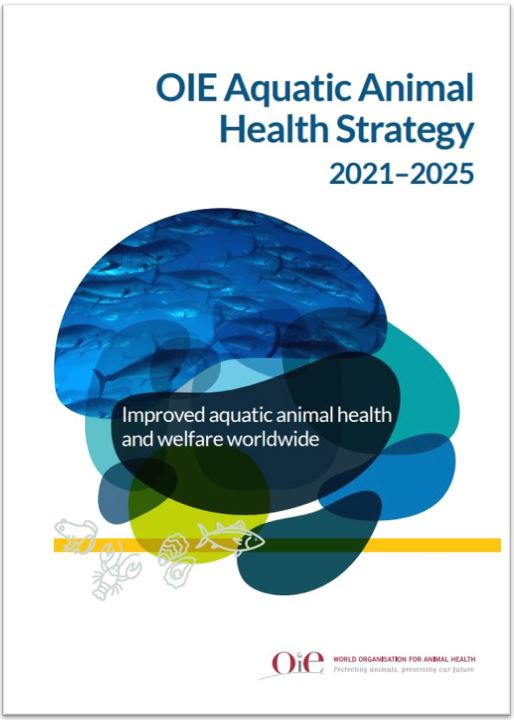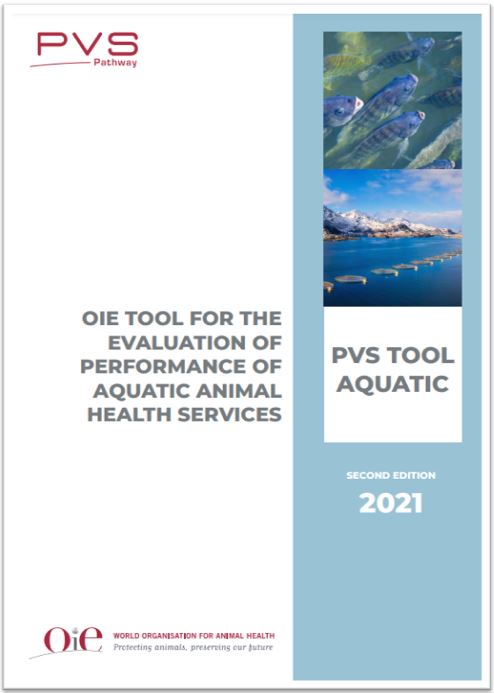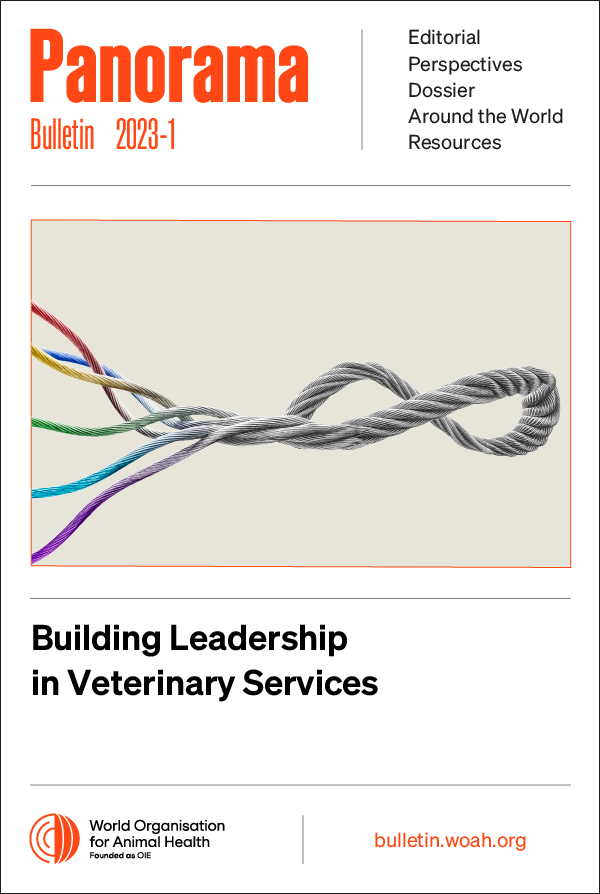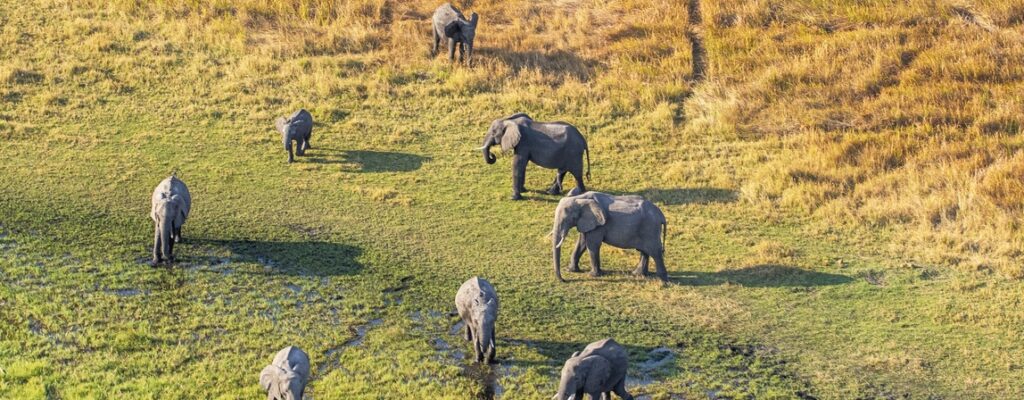Perspectives Posted on 2023-02-22 15:34:50
Opinions and strategies
Building capacities for sustainable Aquatic Animal Health systems
Keywords
Authors
Mario Ignacio Algüerno (1)*, Stian Johnsen (2) & Nadège Leboucq (1)
(1) Capacity-building Department, World Organisation for Animal Health (WOAH).
(2) Standards Department, World Organisation for Animal Health (WOAH).
* Corresponding author: M.I. Algüerno.
 The Aquatic Animal Health Strategy 2021–2025 of the World Organisation for Animal Health (WOAH, founded as OIE) was launched at the 88th WOAH General Session in May 2021 and sets priorities for collaborative action to protect aquatic animal health and welfare, and to fully exploit the potential of aquatic animal production at the national, regional and global level. With this in mind, WOAH works to strengthen its Members’ Aquatic Animal Health Services, through the following capacity-building activities:
The Aquatic Animal Health Strategy 2021–2025 of the World Organisation for Animal Health (WOAH, founded as OIE) was launched at the 88th WOAH General Session in May 2021 and sets priorities for collaborative action to protect aquatic animal health and welfare, and to fully exploit the potential of aquatic animal production at the national, regional and global level. With this in mind, WOAH works to strengthen its Members’ Aquatic Animal Health Services, through the following capacity-building activities:
- Increasing the use of the PVS Pathway for the sustainable improvement of national Aquatic Animal Health Services. The PVS Pathway helps Members to better understand their strengths and weaknesses and provides supporting mechanisms to build on those strengths and overcome challenges within the whole aquatic animal health domain. This includes all of the activities that are directly or indirectly related to aquatic animals, their products and by-products, such as farming, killing, processing, transport, and import and export, among others.
 Building the WOAH training framework on aquatic animal health and welfare, and ensuring that it aligns with the WOAH knowledge system (standards and guidelines) and the competencies set out in the WOAH PVS Tool: Aquatic. Training solutions will be developed and provided to Members through either regional or topic-based events (preferably face to face but potentially also through distance learning) after a learning-needs assessment.
Building the WOAH training framework on aquatic animal health and welfare, and ensuring that it aligns with the WOAH knowledge system (standards and guidelines) and the competencies set out in the WOAH PVS Tool: Aquatic. Training solutions will be developed and provided to Members through either regional or topic-based events (preferably face to face but potentially also through distance learning) after a learning-needs assessment.
These activities, among others, will support the implementation of the Aquatic Animal Health Strategy. The desired outcome is that CAs will improve their aquatic animal health management to the point where they are able to support increased production and reduce disease risks. The productivity and resilience of a region grow stronger through collaboration and improvements in health, and, thanks to WOAH and its partners, a more resilient global aquatic animal health system will be set in place.
https://doi.org/10.20506/bull.2023.1.3382












